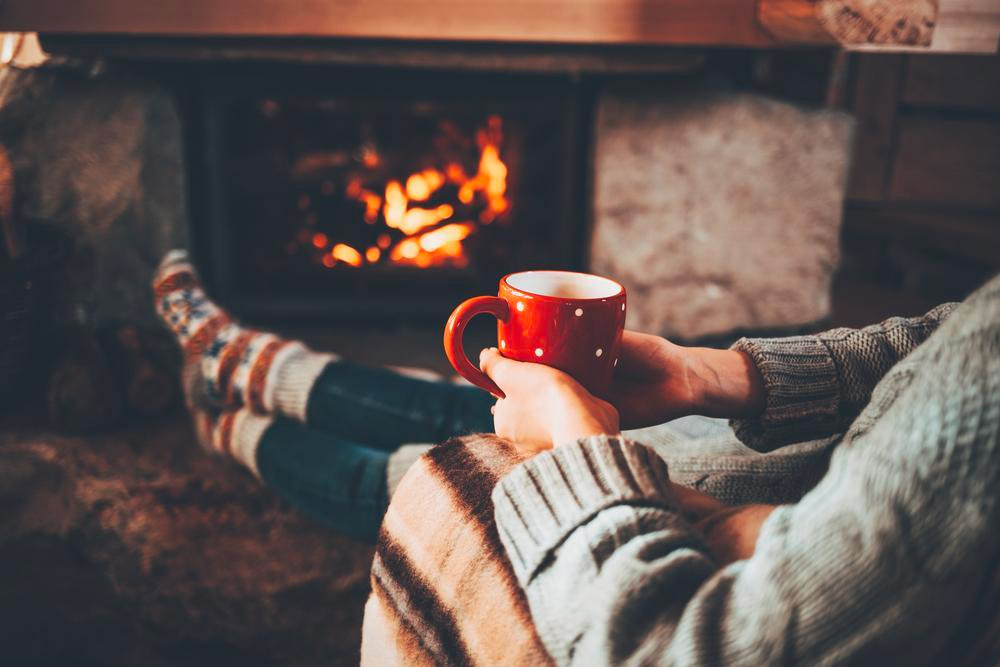In our homes, the expectation for indoor air quality is to achieve a level of humidity that is not so low as to cause nosebleeds yet not so high that it wrinkles the pages of your magazines. This was precisely the reason Willis Carrier designed a system in 1902 for the purpose of controlling humidity using cooling coils. His patented “Apparatus for Treating Air” has evolved into the modern-day HVAC systems that will either humidify through heating or dehumidify by cooling.
Dialling in on the Situation
A-Plus Quality, HVAC services in the Greater Toronto Area, can help you immensely with sorting out the ups and downs, in humidity that is, and how it affects your system. In the meantime, here is a short summation of the situation:
When relative humidity is high, the actual amount of water vapour in the air drops as the temperature goes down. This absolute humidity, or humidity ratio, is best gauged using a hygrometer. This is a tool designed specifically to gauge the water vapour content of the air in the home.
Water Vapour Occurs Naturally and With Your Help
HVAC units use outdoor air via ventilation; that is the “V” part in HVAC. When it gets colder outside, the drier outdoor air naturally reduces the humidity inside the home. In other words, it reduces the overall water vapour content of the indoor air. However, you must also take into account the humidity-generating activities in the home such as cooking and bathing. In Toronto, the climate tends to be modified by its location on the shores of Lake Ontario. As residents know, this geolocation is what contributes to the humid summers that most people find uncomfortable. It is also what makes the Toronto winters warmer.
The Best Humidity Levels During Winter
While A-Plus Quality, HVAC services in the Greater Toronto Area, advise that the average estimated humidity level range should be between 30-40 percent, there are other factors to consider besides ventilation and humidifier settings, such as:
- Toronto’s climate
- Your home’s insulation
- Your daily routine
The lower the outdoor temperature is, the lower your indoor humidity should be. At A-Plus Quality, HVAC services in the Greater Toronto Area, we recommend that as the temperature drops beginning in October and continuing into May, consider a graduating humidity adjustment based on the following:
- For the months of October to December, and again from March to May – humidity indoors should not exceed 40 percent.
- For the months of January and February – humidity indoors should not exceed 35 percent.
With each drop of 10 degrees, you can expect to adjust the humidity by 5 percent. This assumes a home with double-glazed windows and an indoor temperature of 20 degrees celsius.
Our experts at A-Plus Quality, HVAC services in the Greater Toronto Area, will help you identify if your house is “leaky” and ways to improve this. While people may have particular comfort levels, your house does too. You may find you go through a period of adjusting temperatures along with your humidifier until you reach the best setting, but when you have reached it, you will certainly know it’s right. If you are in need of a humidifier this season, A-Plus Quality, HVAC services in the Greater Toronto Area, can help you find the right one for your home. Contact us today to speak with a specialist!



